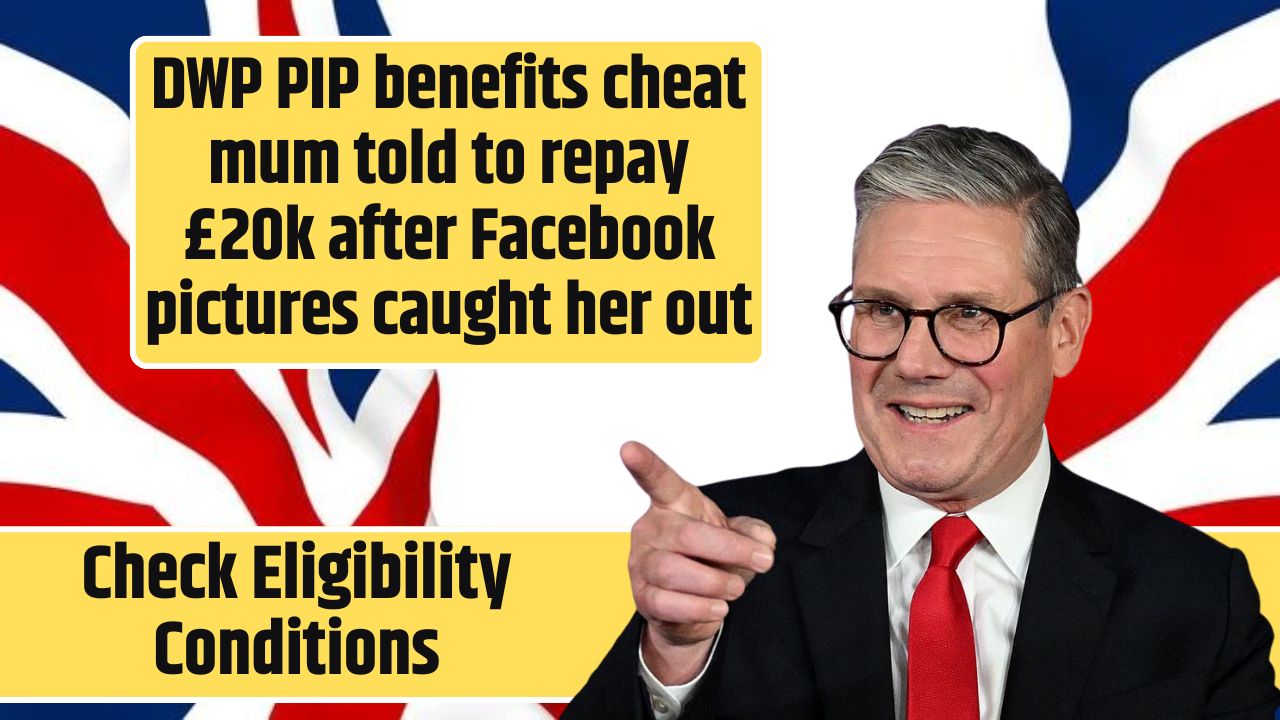If you’ve seen headlines about a $278 cut to your Social Security check, you’re not alone — and you’re definitely not the only one confused. The good news? That number is not a direct reduction in your Social Security benefits.
It’s actually the premium for Medicare Part A for people with limited work history, and it only applies to a specific group of recipients.
Still, with other policy changes in motion and future concerns about benefit reductions on the horizon, it’s important to get the facts straight. Let’s break down what the $278 figure really means, how it affects Medicare recipients, and what steps you can take to protect your benefits and avoid surprises.
Alert
Let’s clear up the big misunderstanding: there is no $278 cut to monthly Social Security benefits for most recipients. That figure refers to a Medicare Part A premium—not a Social Security reduction.
Here’s a quick snapshot:
| Claim | Reality |
|---|---|
| $278 cut to Social Security | Misleading — refers to Medicare Part A premium |
| Who pays the $278? | Individuals with 30–39 quarters of Medicare tax contributions |
| Free Medicare Part A | Available to those with 40+ quarters (10 years) of tax contributions |
| Premium if under 30 quarters | $505/month |
So unless you have fewer than 40 quarters of Medicare-covered work, or your spouse has, you probably won’t pay anything for Part A.
Social Security
Still, Social Security recipients face other important updates:
Recovery Changes
As of 2025, the Social Security Administration can now withhold 100% of your monthly benefits to recover overpayments. Previously, they capped repayment at 10% per month.
That means if SSA claims they paid you too much in the past, your entire benefit could be withheld until the debt is repaid. If this happens, it’s crucial to:
- Contact SSA immediately
- File a waiver or appeal if the overpayment wasn’t your fault
- Seek help from legal aid or organizations like AARP
Future Cut
According to the 2024 SSA Trustees’ Report, if no reforms are made, the Old-Age and Survivors Insurance (OASI) Trust Fund could run dry by 2033. At that point, only 79% of benefits would be payable, resulting in a 21% automatic cut.
Example:
| Current Monthly Benefit | Estimated in 2033 |
|---|---|
| $1,500 | ~$1,185 |
| $2,000 | ~$1,580 |
This doesn’t mean the program is “going broke,” but it does highlight the need for future policy updates to avoid across-the-board reductions.
Medicare
The $278 is tied specifically to Medicare Part A, which covers:
- Inpatient hospital care
- Skilled nursing facility care
- Hospice services
Medicare Part A
| Work History (Quarters) | Monthly Premium (2025) |
|---|---|
| 40+ quarters (10+ years) | $0 (premium-free) |
| 30–39 quarters | $278 |
| Less than 30 quarters | $505 |
Unless you’ve worked in the U.S. for fewer than 10 years — or your spouse has — you likely won’t pay for Part A.
Compare
Let’s quickly review the core differences between Social Security and Medicare:
| Category | Social Security | Medicare |
|---|---|---|
| Purpose | Monthly income in retirement | Health insurance for those 65+ |
| Eligibility | Based on work history | Based on age or disability |
| Premiums | None | Part A may cost $278 or $505 if ineligible |
| Funding | Payroll taxes | Payroll taxes, premiums, and government funds |
| Current Concerns | Trust fund depletion, overpayment policies | Premium costs for those with fewer work credits |
What You Should Do
Here are the most practical steps to protect your benefits:
Know Your Premium Status
- Check your SSA award letter to confirm if you’re charged for Part A.
- Visit ssa.gov or medicare.gov to know your full benefit details.
Monitor Your SSA Account
- Create and log into your mySSA account
- Track earnings, benefit updates, and payment history
- Set alerts for changes in your benefits
Address Overpayments Immediately
- Contact SSA at 1-800-772-1213
- File for a waiver if repayment causes hardship
- Seek guidance from a financial advisor or nonprofit legal service
Stay Informed
- Follow updates on ssa.gov, AARP.org, and Congress.gov
- Watch for SSA webinars or community workshops
- Stay tuned for possible 2026 COLA updates and benefit changes
Plan for the Future
- Budget for potential benefit reductions after 2033
- Consider retirement savings outside of Social Security
- Medicare Advantage or supplemental plans for added protection
Expert Advice
Experts agree — don’t fall for clickbait headlines.
“Knowing the nuances between Social Security and Medicare is key,” says Dr. Elaine Matthews, retirement policy analyst.
“Stay calm, review your records, and rely on facts—not fear.”
Financial planner Mark Daniels adds, “With the future uncertain, the best approach is to plan ahead. Build a buffer and check your SSA account regularly.”
Resources
Here are some tools to help you navigate the system:
Taking these small, regular steps can help you stay informed, protected, and confident in your retirement planning.
FAQs
Is there really a $278 Social Security cut?
No, it’s a Medicare Part A premium for some, not a Social Security cut.
Who pays $278 for Medicare Part A?
Those with 30–39 quarters of Medicare tax contributions.
Will Social Security be cut in 2033?
Yes, benefits could be reduced by 21% if no reforms are made.
Can SSA take my full check for overpayment?
Yes, they can now withhold up to 100% to recover funds.
How can I check my Medicare and SSA status?
Log in to your mySSA account or visit ssa.gov and medicare.gov.





















